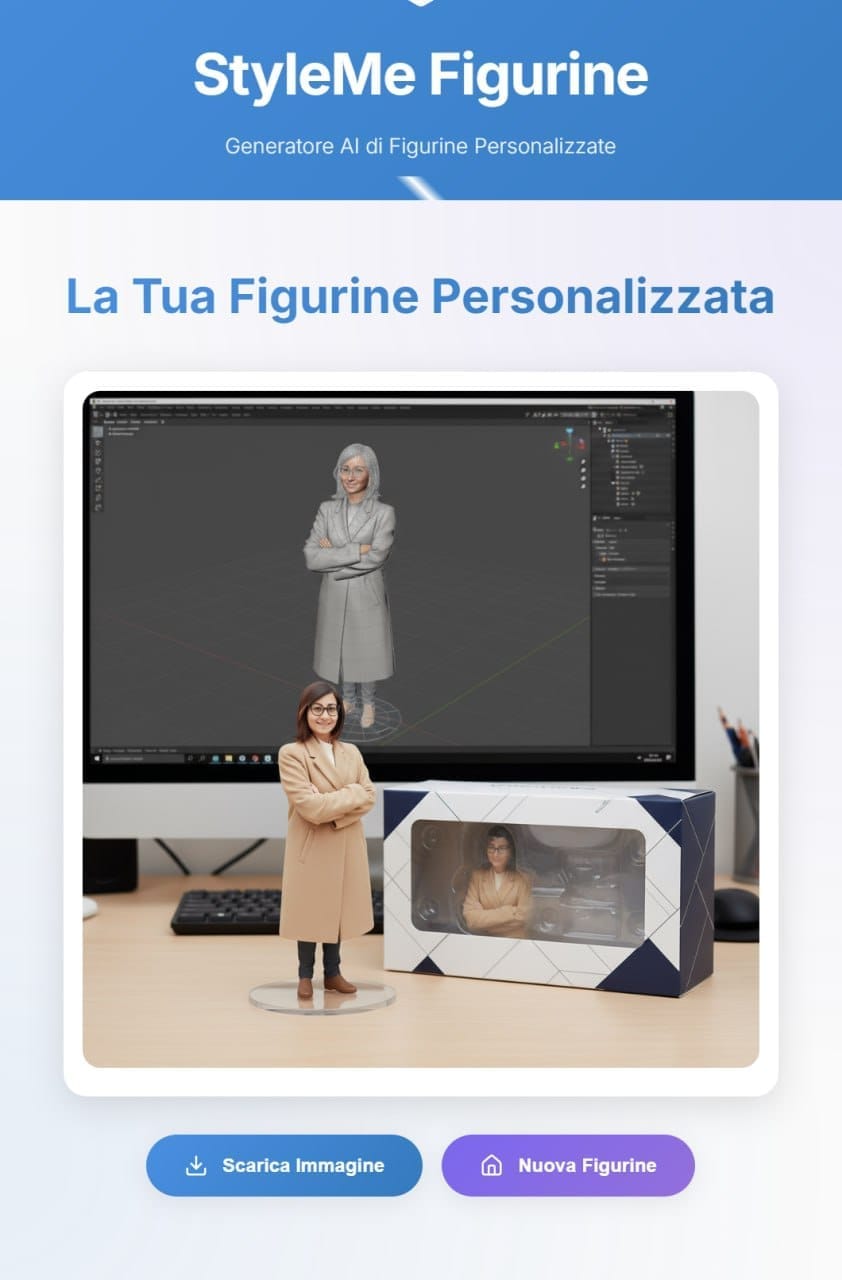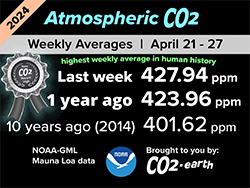AI 3D Figure Trend: A Complete Guide to Creating Your Own Action Figure with AI (2025)
The “AI 3D Figure” trend transforms a simple photo into an image that resembles a collectible mini action figure: a clear acrylic base, a windowed packaging box, and a “3D modeling” screen in the background. The result mimics a produced studio shot, with realistic plastic materials and believable reflections.
What is AI 3D Figure Trend?
It’s a visual format that simulates a catalog photo of a scale figurine (e.g., 1/7): the subject becomes a plastic figurine, placed on an acrylic base, accompanied by transparent packaging.
The set is almost always the same: a desk, a screen with “3D sculpting software” (stylized), packaging with a window and blister pack, studio lights, and a shallow depth of field.
Why did it explode now?
Improved image generator quality: improved rendering of materials, reflections, and increasingly accurate facial/subject fidelity.
Simplicity: all it takes is a photo and a “standard” prompt to obtain convincing results.
Ready-made templates in apps: some editors offer “Figure” presets that reduce the prompt engineering part.
How does it work?
You upload a photo, write what you want to see (e.g., “acrylic-based figurine, packaging on the side, 3D modeled screen in the background, studio lighting”), and the AI recreates a new image, maintaining your appearance but transforming the materials and scene.
Specifically, there’s an image-to-image generation model where it uses your photo as a guide and influences the diffusion/resynthesis towards a new visual domain (PVC/plastic, studio set). The prompt text guides poses, props (base, box), lighting, and style.
How to create the image?
Prepare your photo: a well-lit full-length or half-length portrait; a clear face, no sunglasses or hands in front of your face.
Upload the photo to an image generator that supports image-to-image.
Type a prompt like this and it will generate:
Create a 1/7th scale commercial figurine of the subject in the photo, in a realistic style, in a real-world setting. Place it on a clear, round acrylic base, without any text on the base. Place it on a desk with a monitor displaying a generic 3D modeling screen of this figurine. Add a glossy packaging box with a clear window and an internal blister pack. Product photography lighting, realistic plastic materials, believable reflections, and a shallow depth of field are all used.
Evaluate the result and refine it: if the face isn’t convincing, specify in the prompt “faithfully preserve the face/hair/clothing” or use a better photo.
Export the created image.
3D figurine generator
Since some “image-to-image” models are not available in some countries, the Hoken Tech team has created a convenient tool where you can insert the image to be transformed into a 3D figurine, so that anyone (after requesting access via email to: hokentechitalia@gmail.com) can create their own image to share on social media.


No: Trend produces a photorealistic 2D image; it is not a printable STL/OBJ.
Many tools offer free trials or plans with limitations; higher resolutions or extra features may require subscriptions.
It depends on the terms of the tool you choose. Check licenses and rights before selling or promoting.
nft, hoken tech, blockchain, cryptoart, eos, nft art, artificial intelligence, ai, watch authentication, crypto artist, nfts, web3, nft game, web3 game, videogame, nft distributor, videogame blockchain







